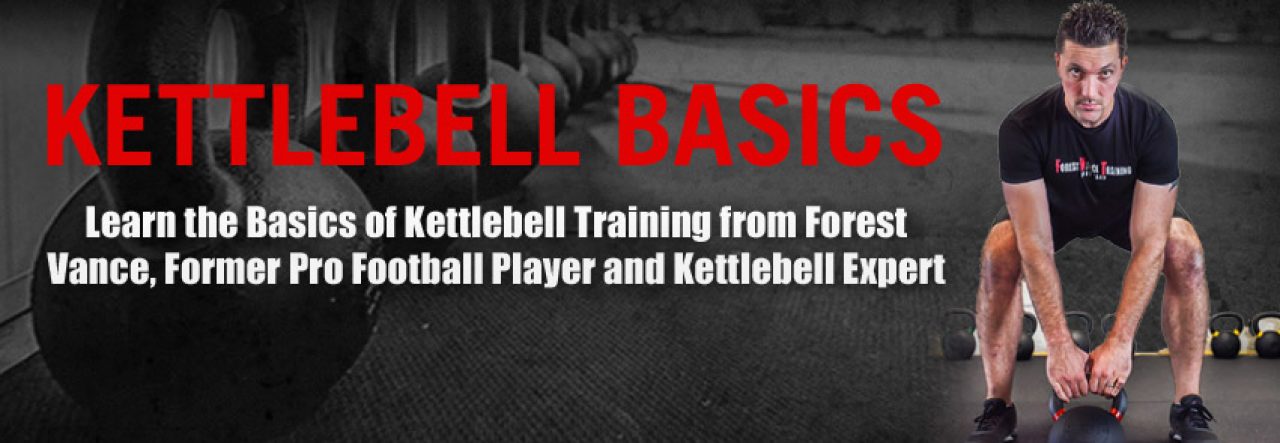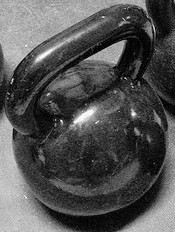
I remember when I first started training with KB’s: I had a lot of strength training experience, but the kettlebell was different than anything I’d ever trained with. I was honestly surprised at the amount of technique involved.
One important thing to remember is that you have to take the time to learn proper technique with kettlebells before you really start seeing the benefits they can provide. So I’ve created a video that goes over three super common technique problems and fixes.
I honestly think this video and the info in it will help you shorten the learning process considerably. I go over troubleshooting the swing, the clean, and the snatch.
To get access to the video, just enter your name and email in the box up in the upper right hand corner of the page. You’ll also get a free subscription to the Kettlebell Basics newsletter by signing up. What could be better? Sign up today to get on the fast track to fixing your beginner kettlebell training mistakes!

